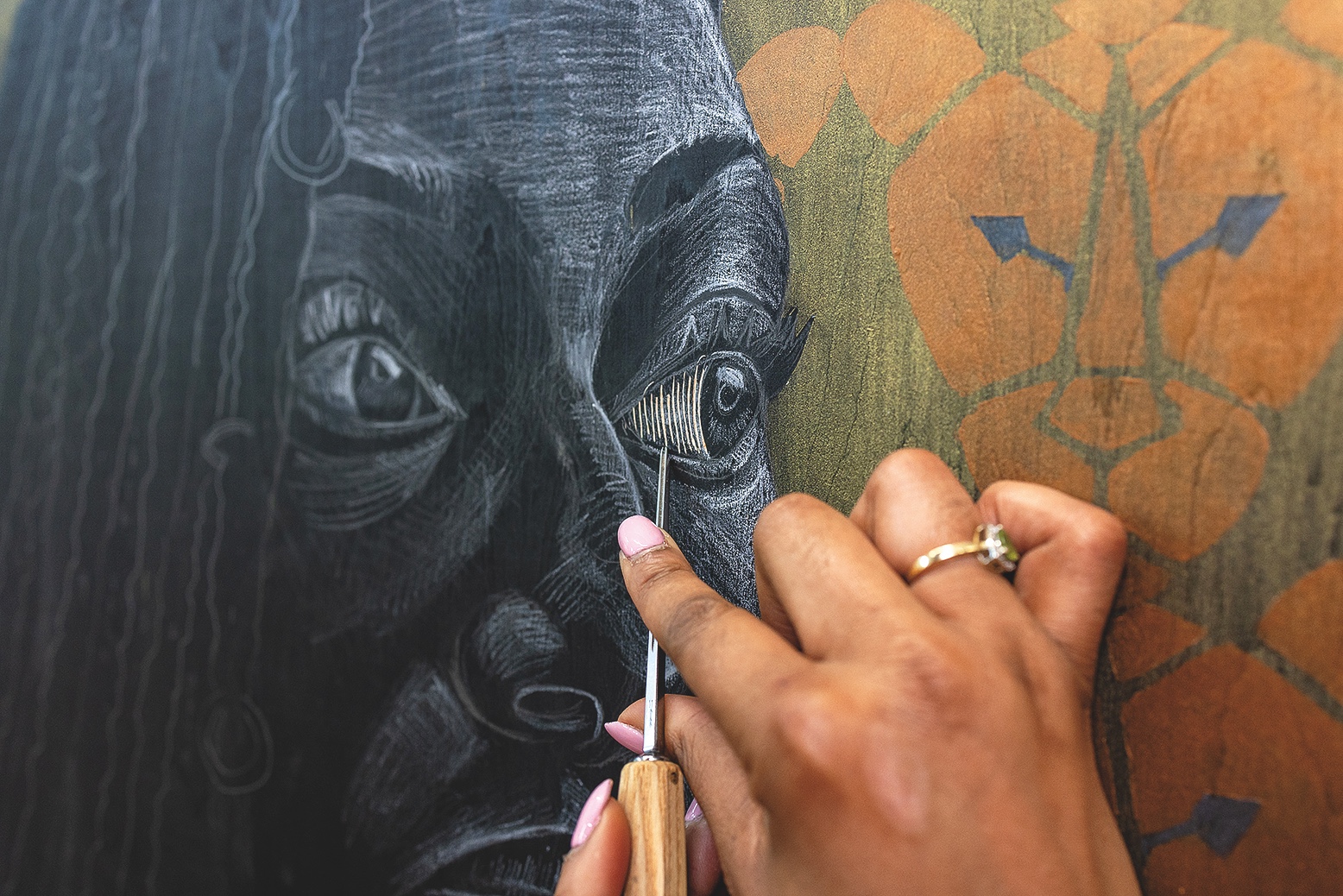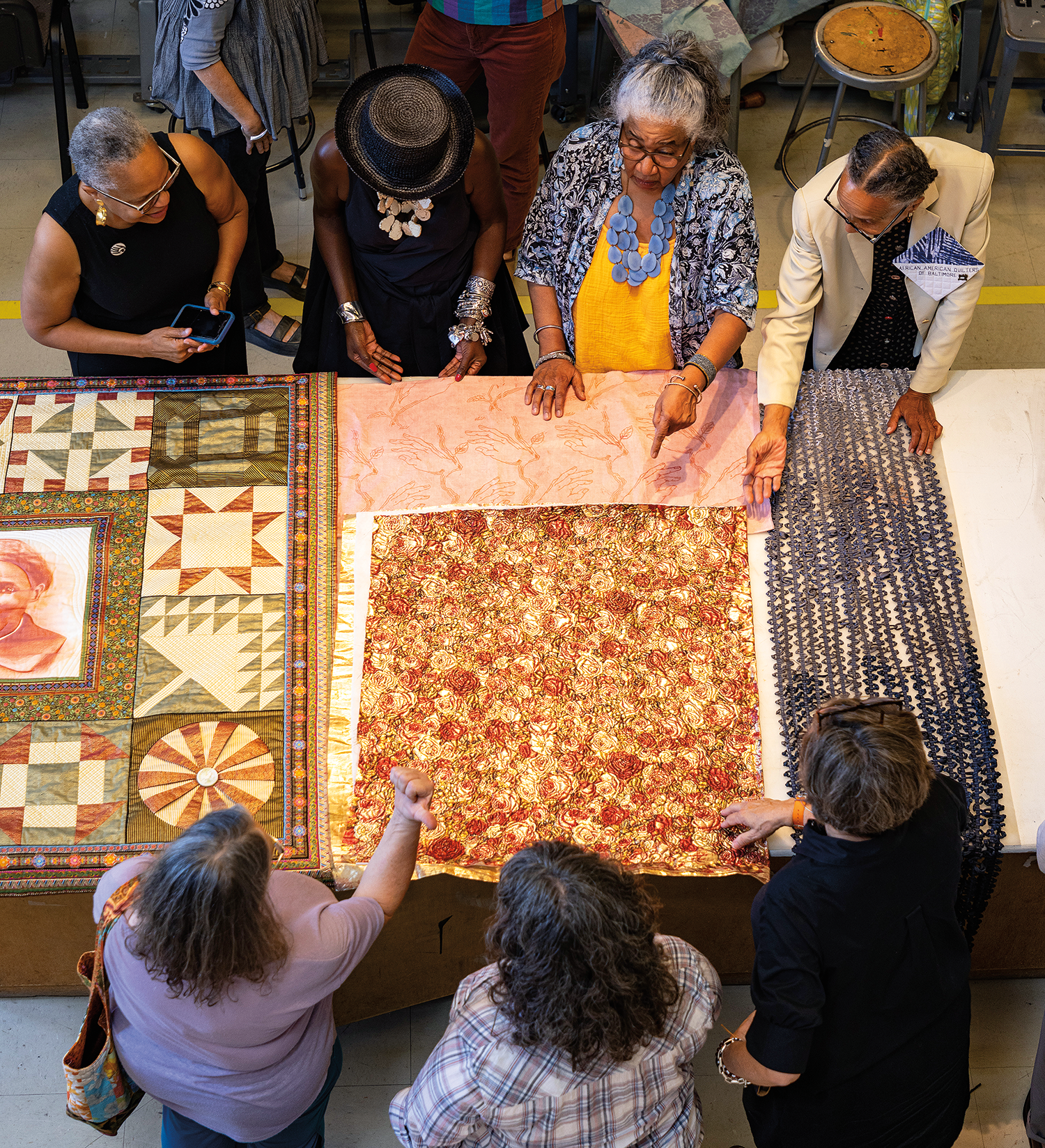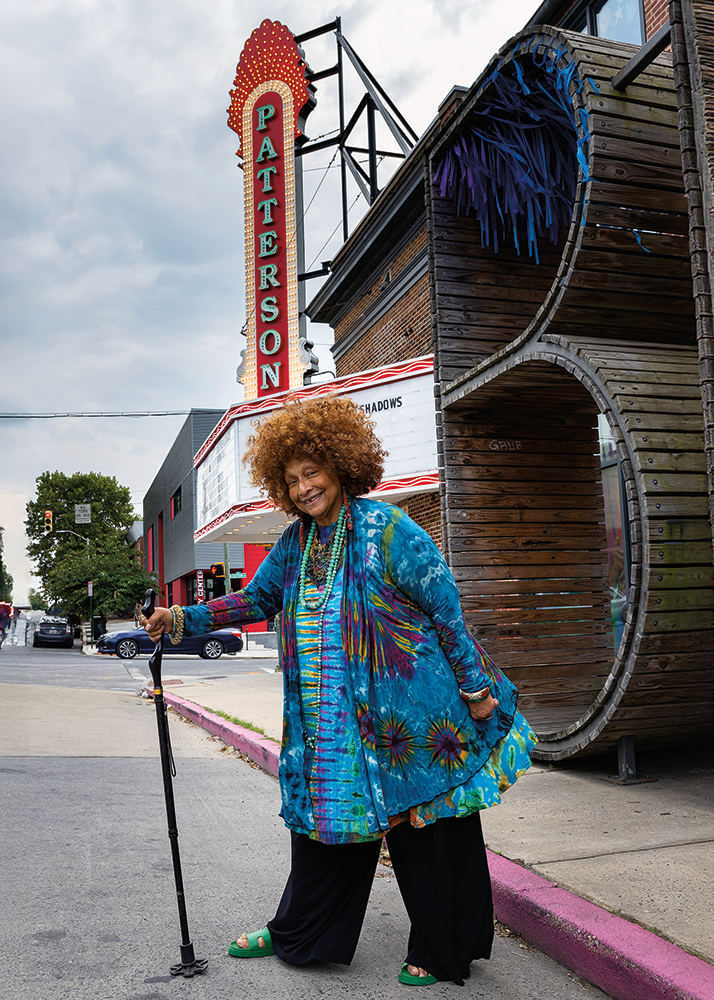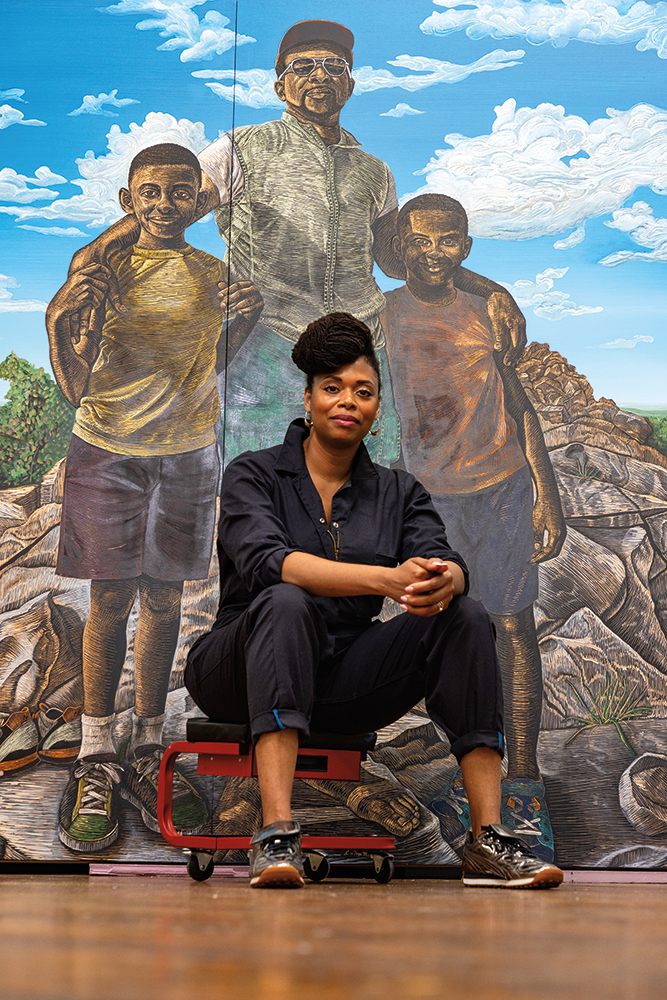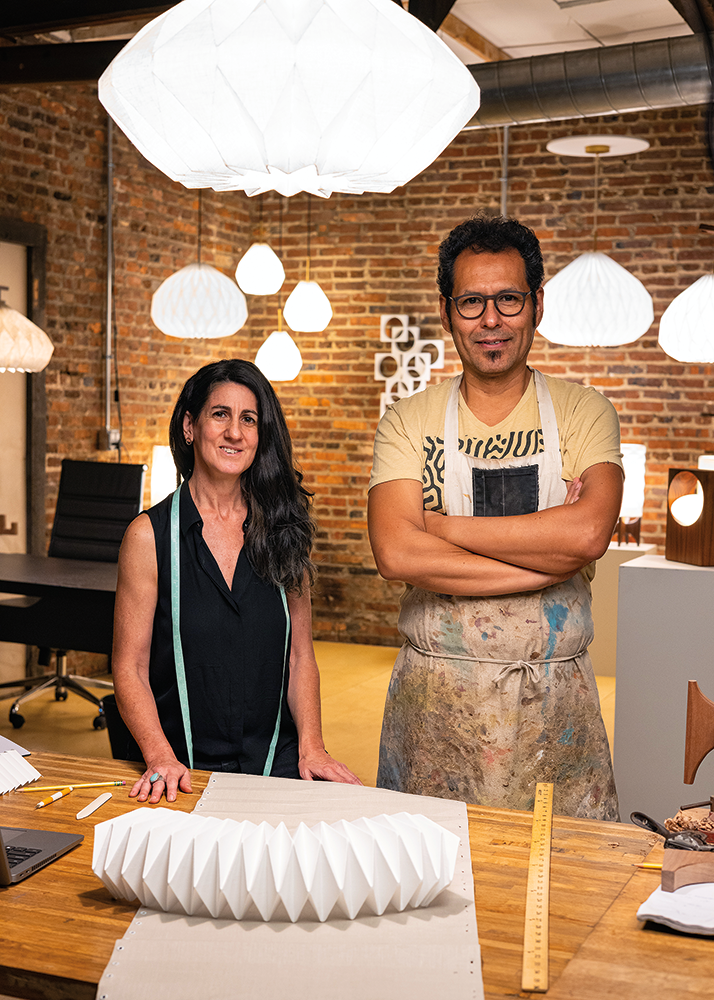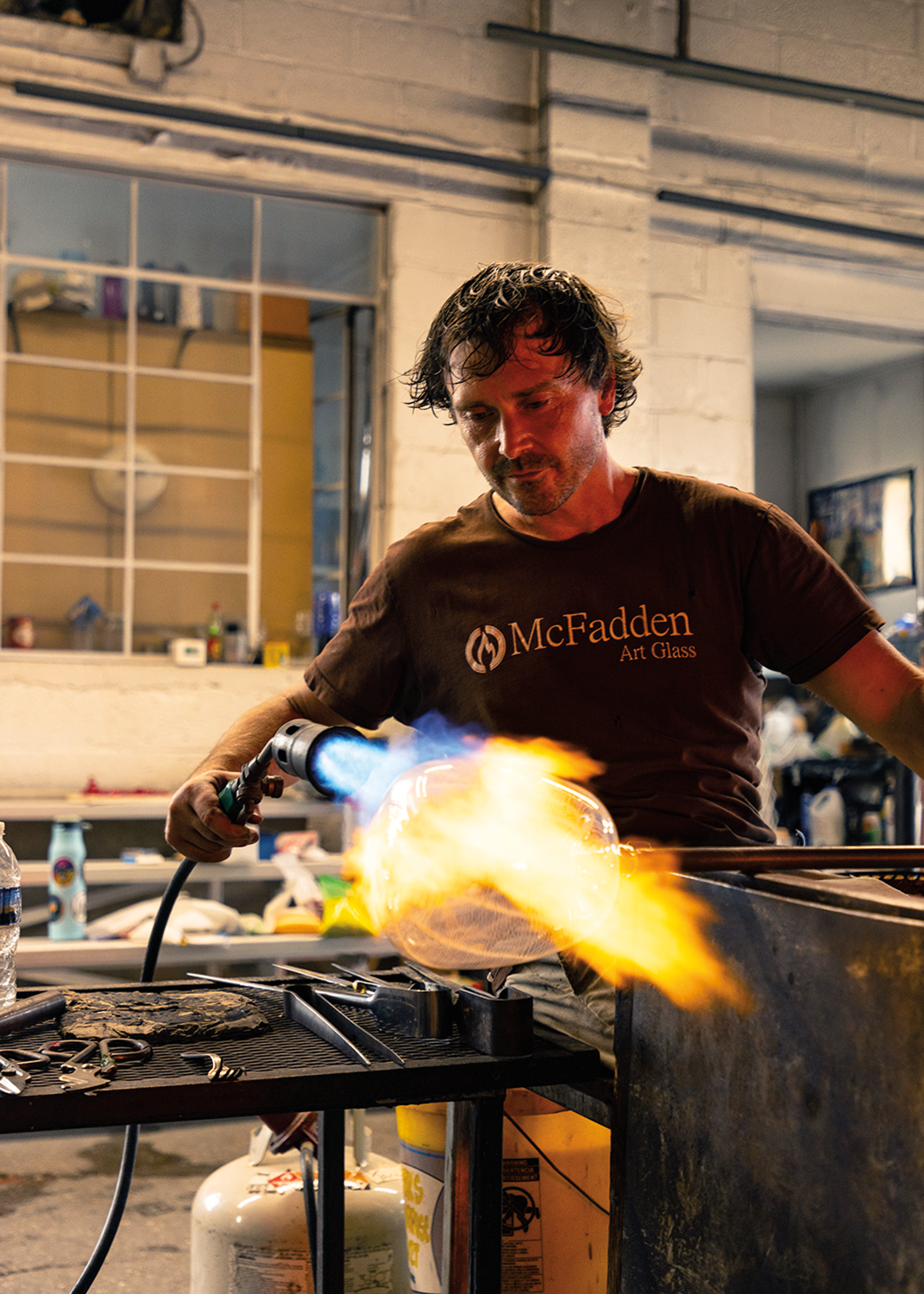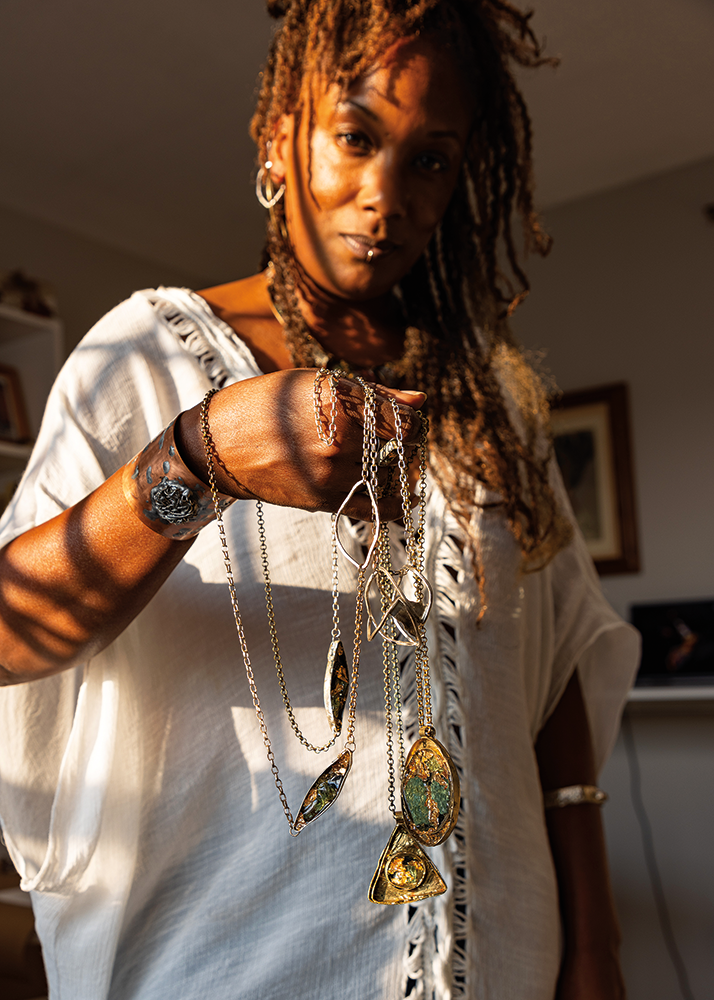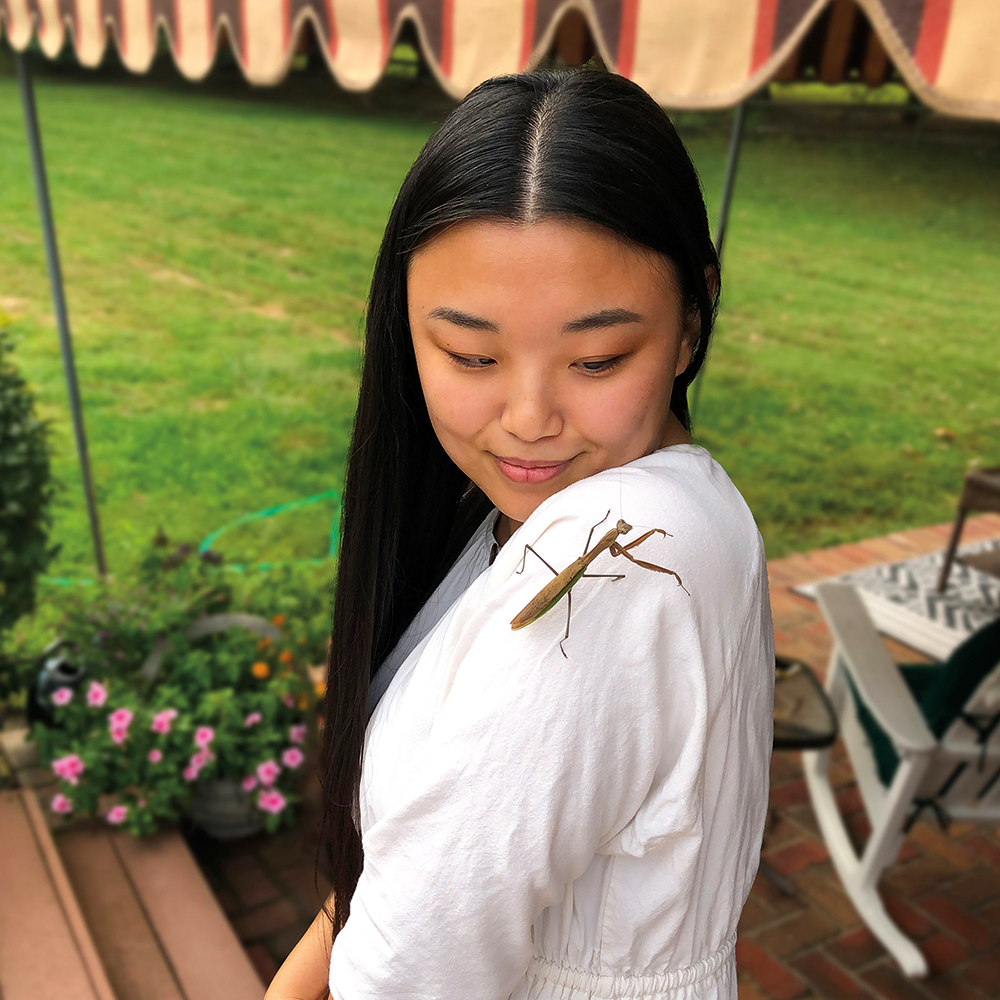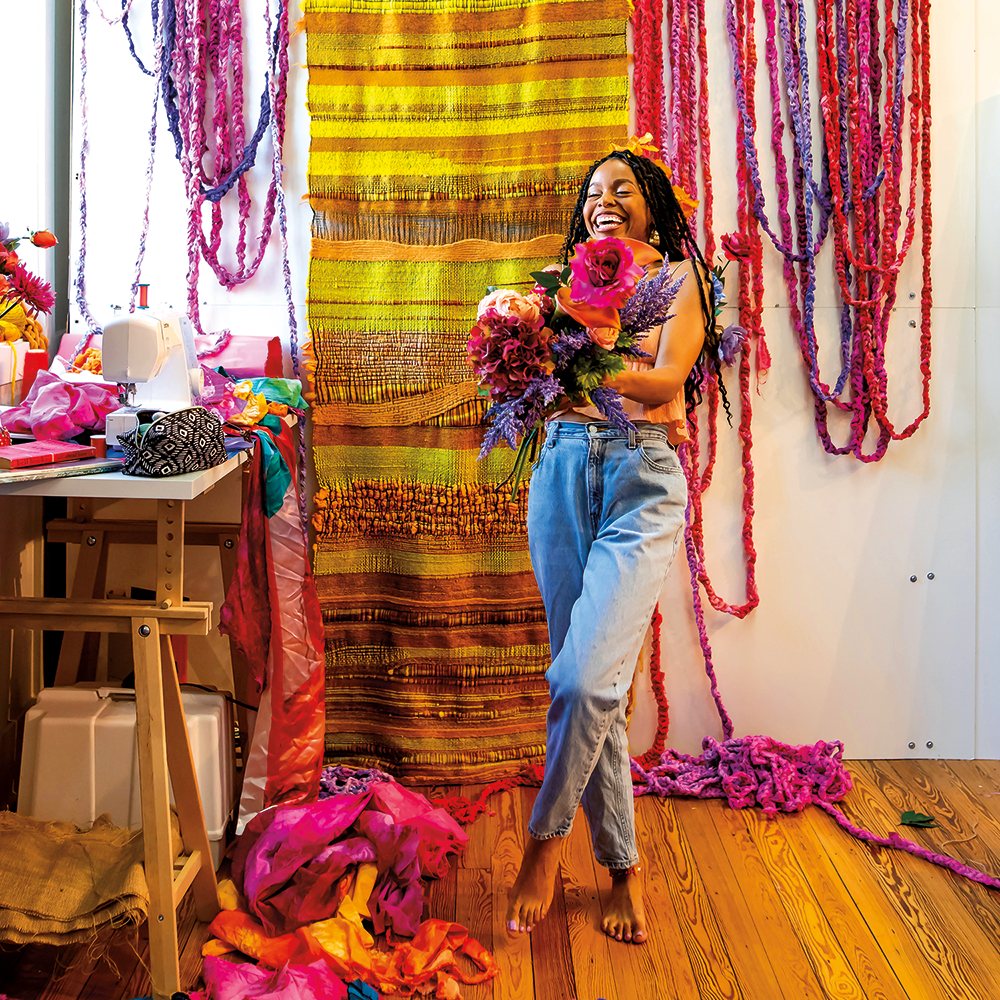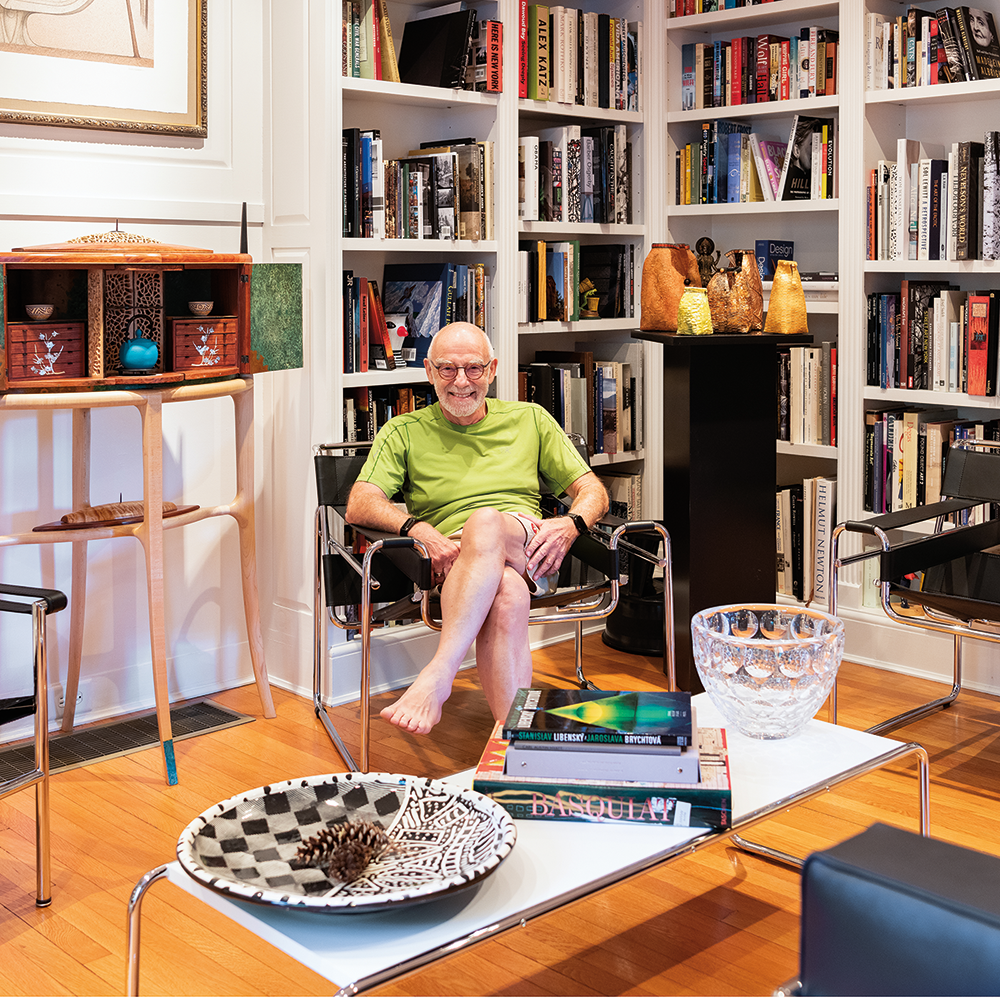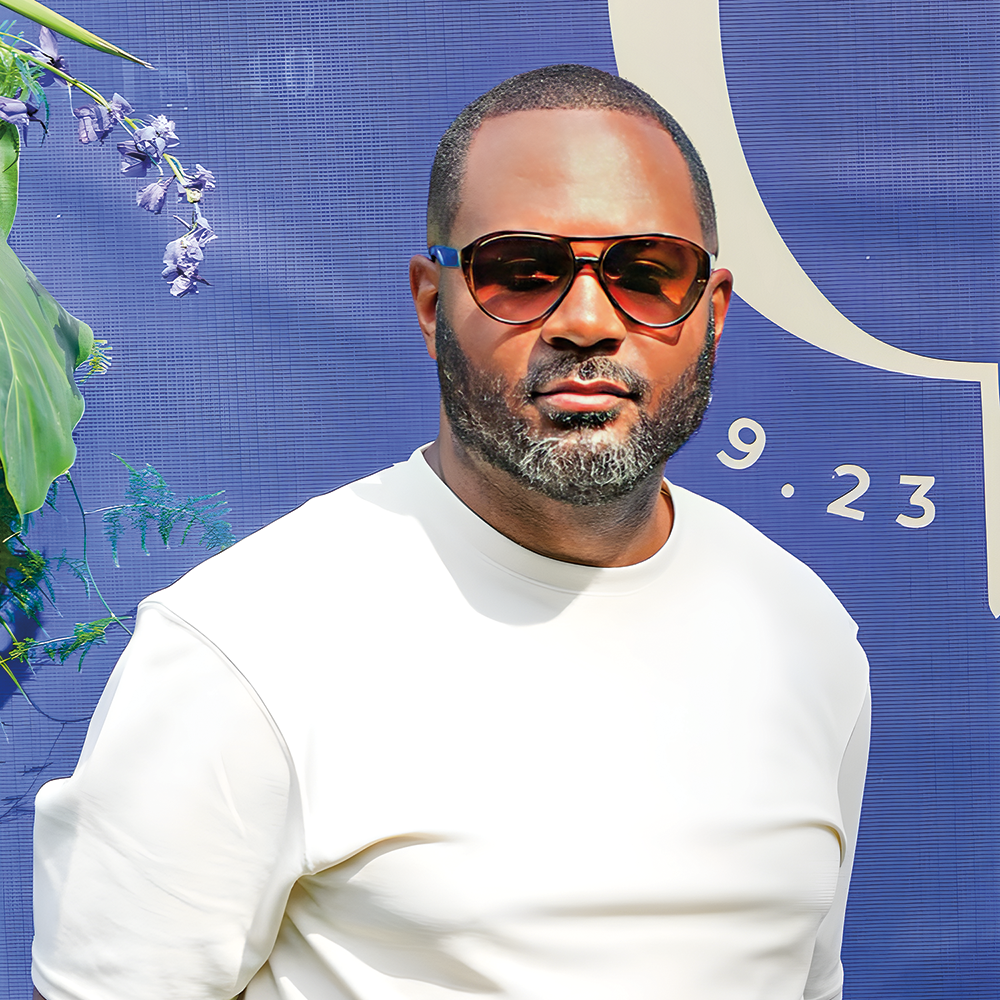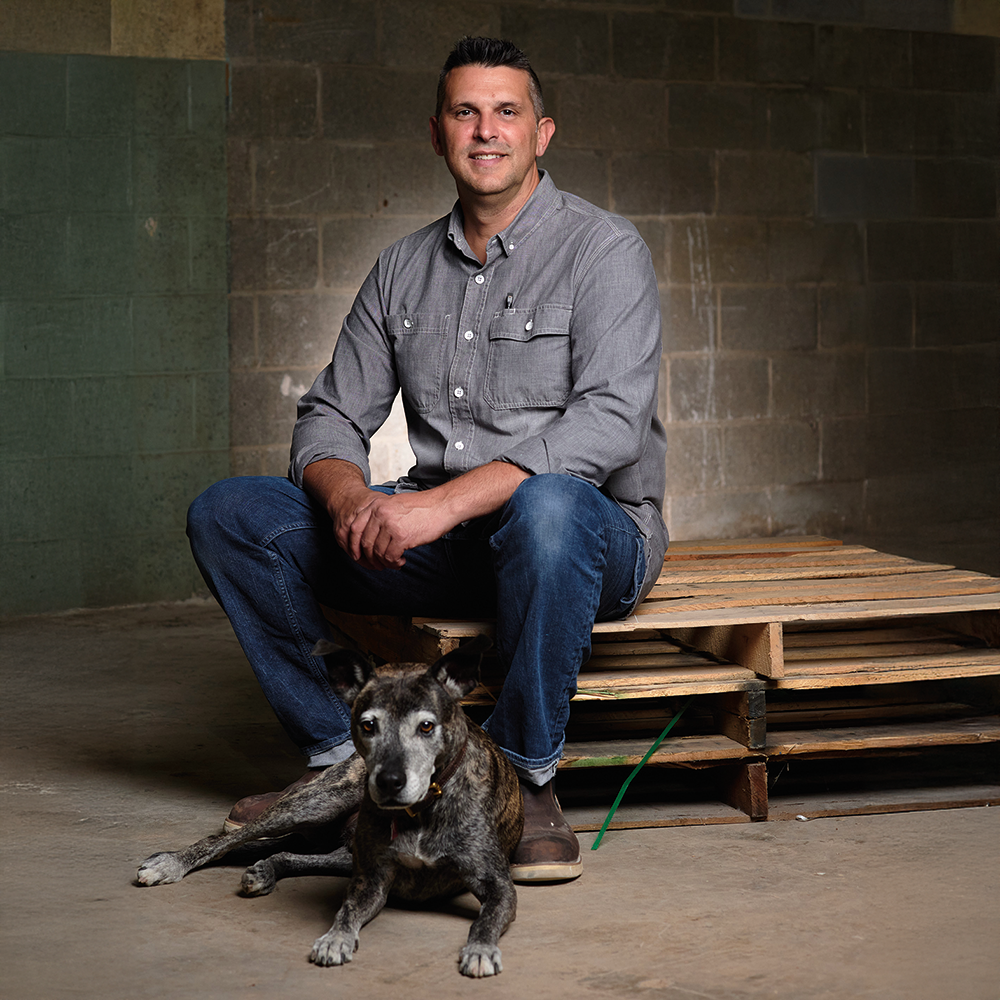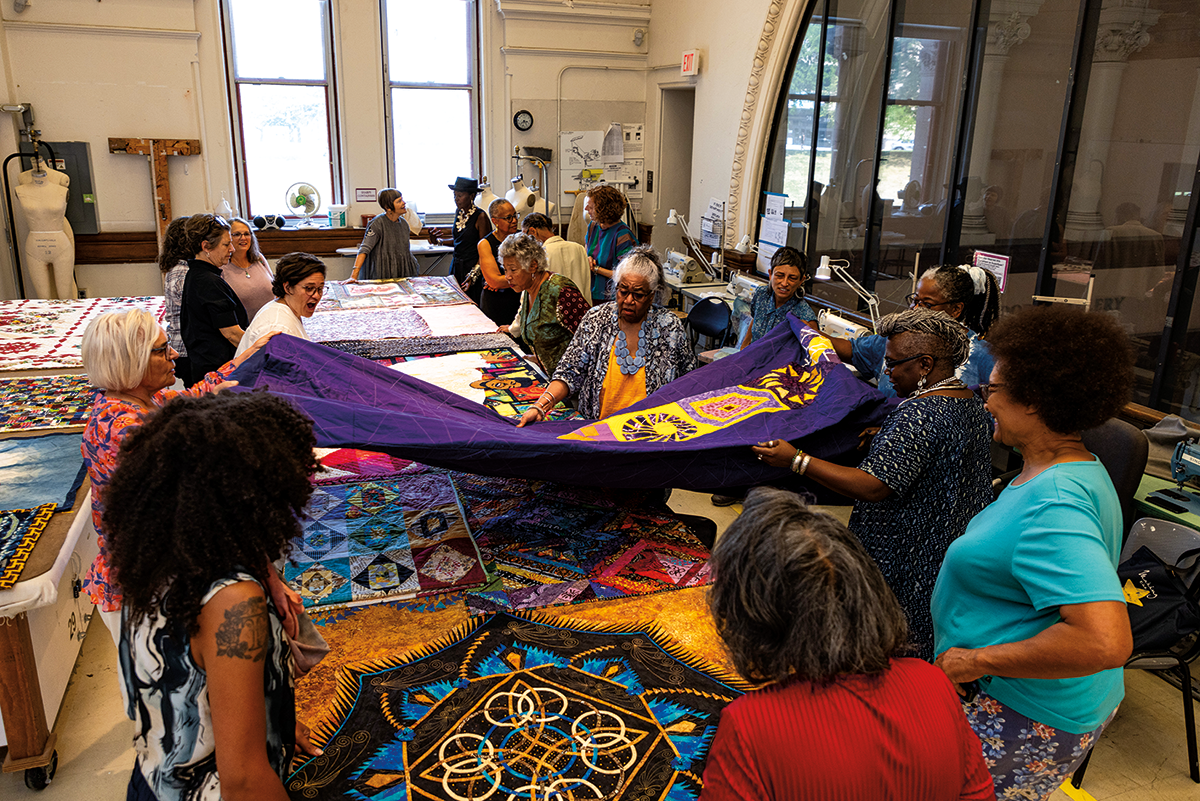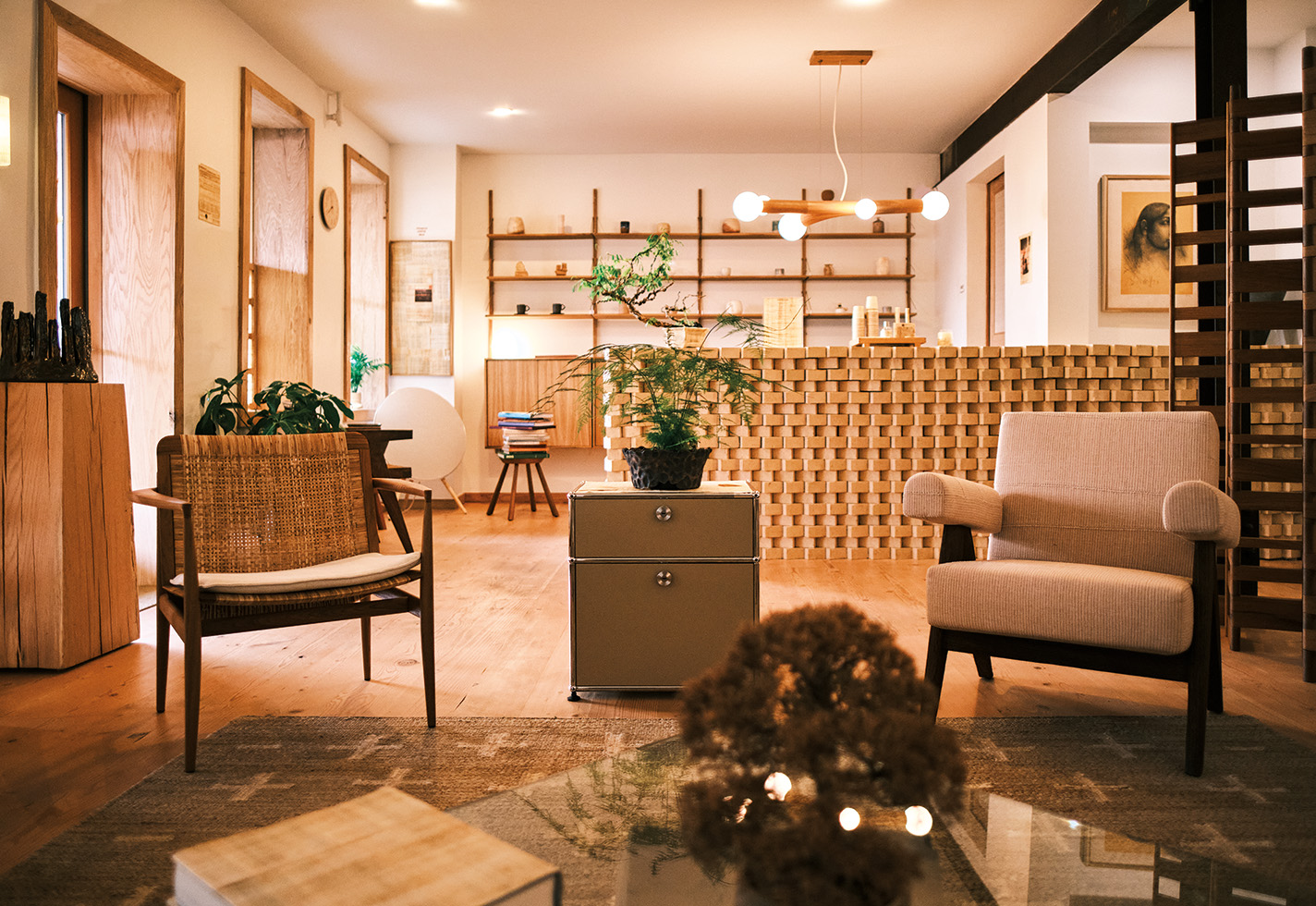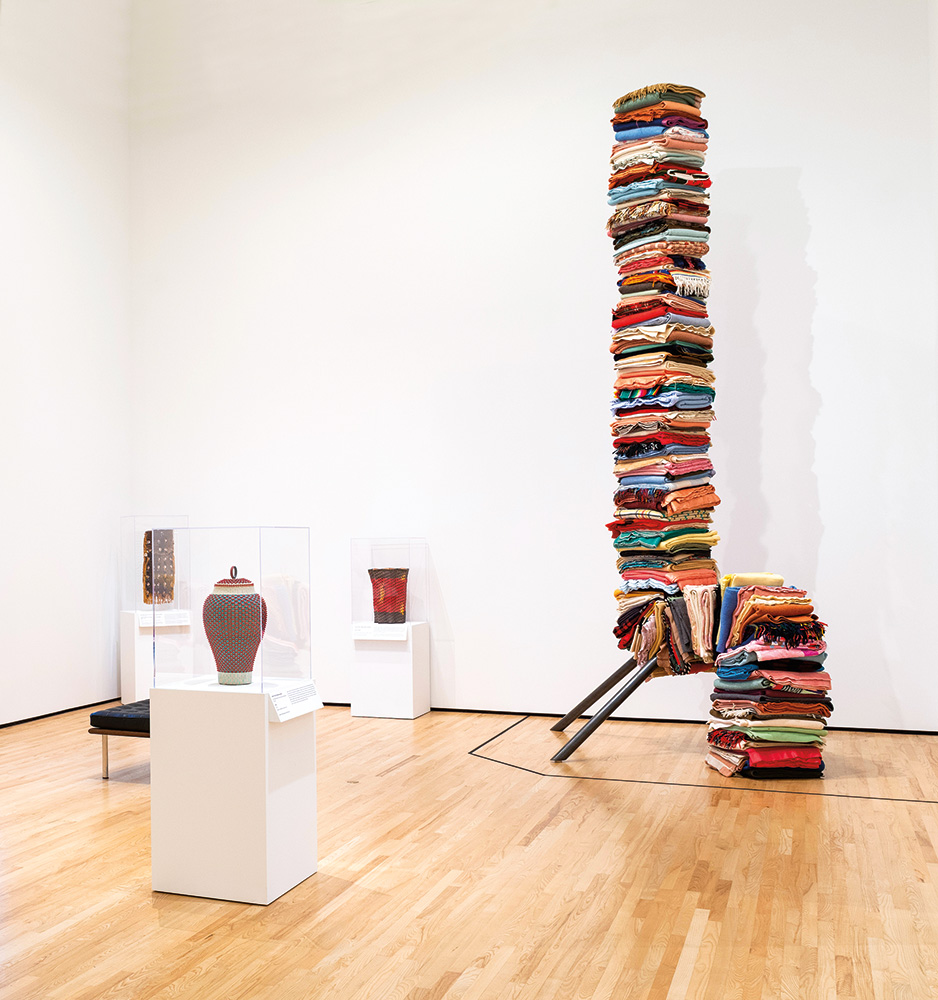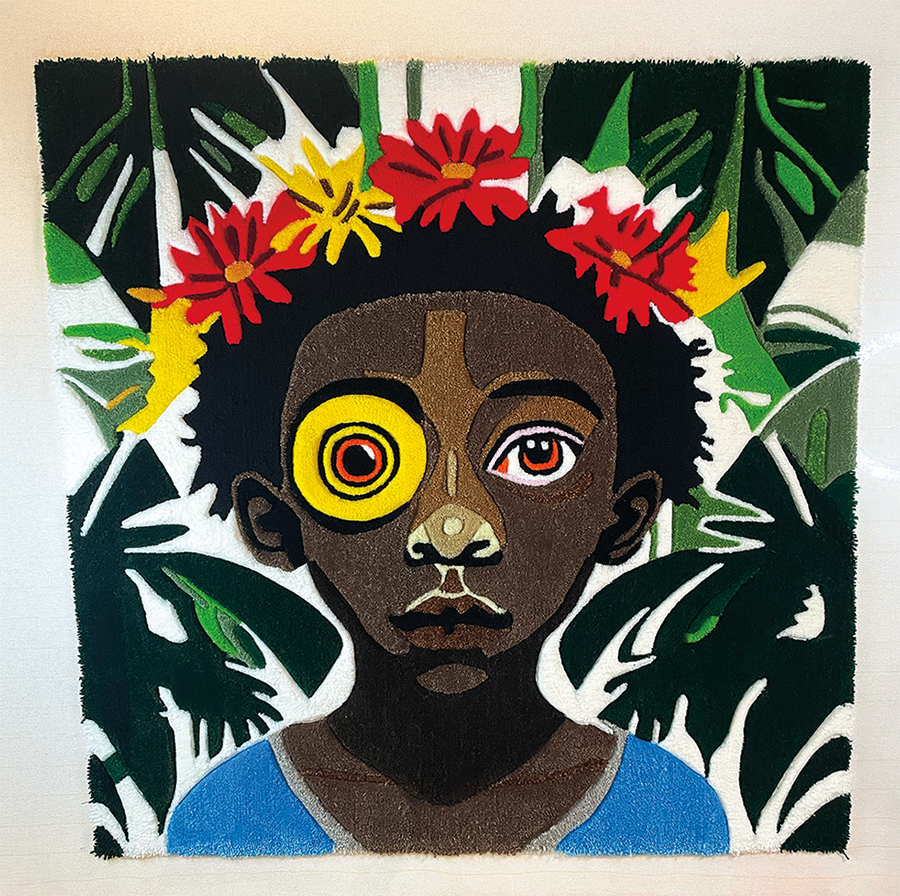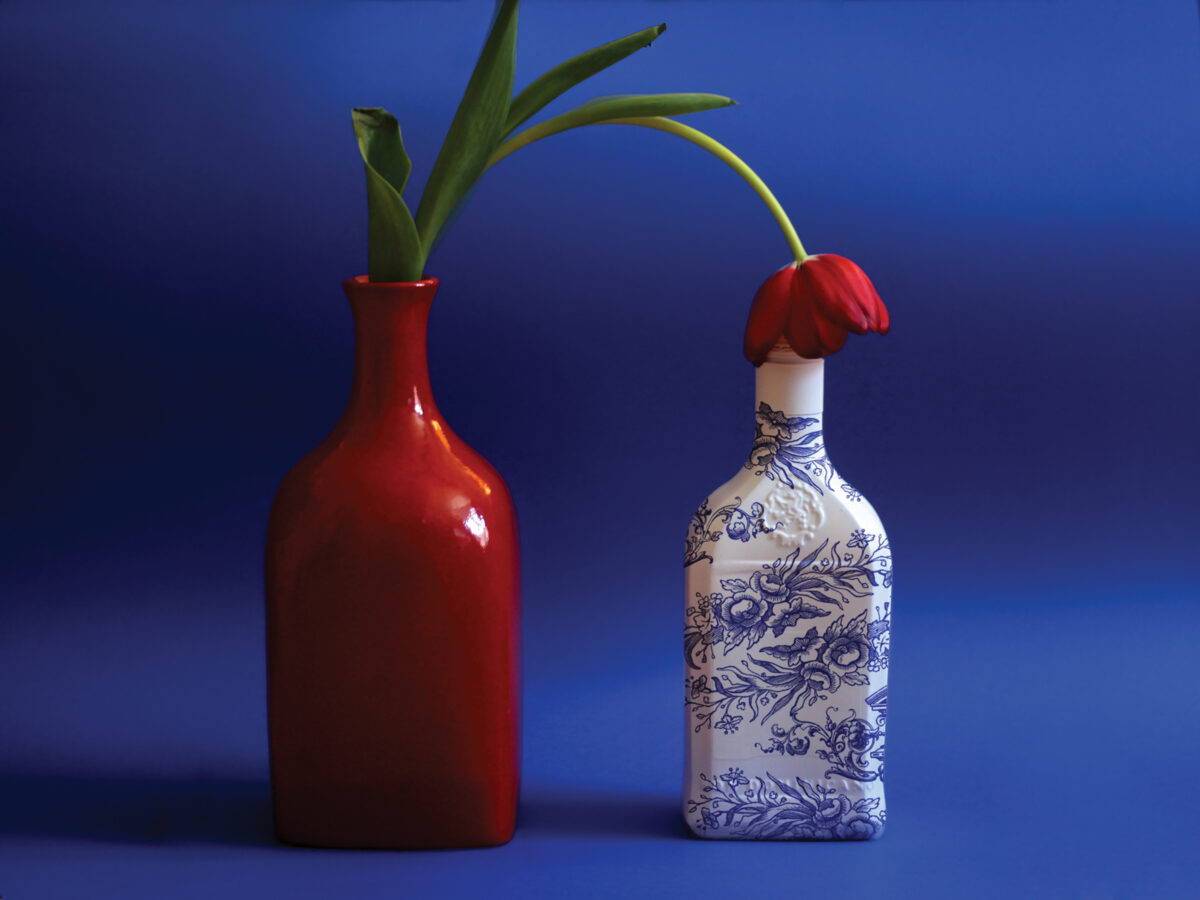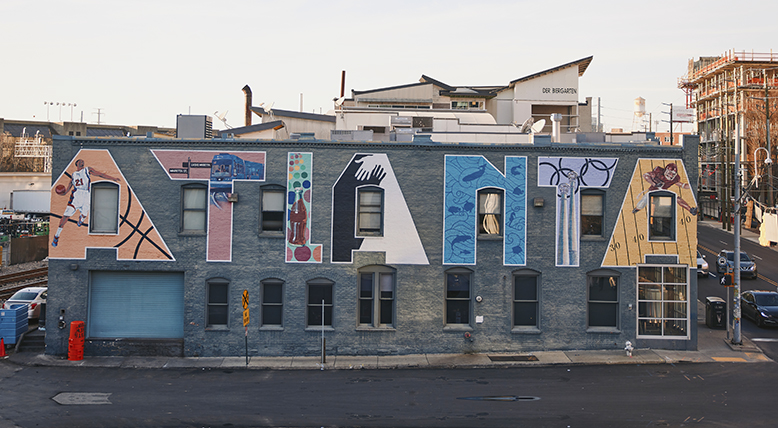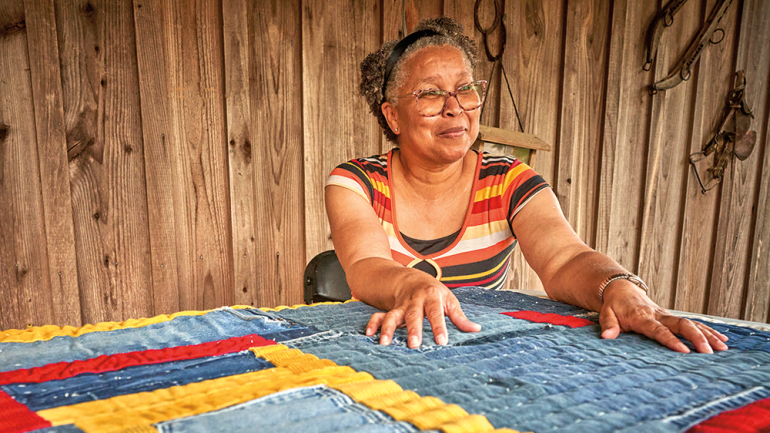Galleries, Studios, Markets
American Craft Made
The American Craft Council began hosting marketplaces in Baltimore in 1977 and now considers the three-day immersive and interactive gathering to be its flagship event. The juried craft marketplace—the largest on the East Coast—features the work of hundreds of artists and makers, including lamps made by Duenas and Lopez of La Loupe Design and pieces by other artists featured in this story.
Area 405
Located in a nearly two-century-old artist-owned warehouse, Area 405 offers artist studios as well as gallery and event spaces. It shares a building with Station North Tool Library.
Artscape Baltimore
This yearly arts and music festival—organized by the Baltimore Office of Promotion & the Arts and the City of Baltimore—dubs itself the city’s biggest cultural event. Launched in 1982, the most recent fair was held in August and included live music, visual arts, performance, fashion showcases, and food. Hobbs is a fan: “In terms of events that are specific to Baltimore,
Artscape is one of America’s largest free outdoor festivals.
This annual event boasts several performing and visual art experiences and an artist marketplace where local artists showcase and sell their work.”
Art Walks
“There are monthly art walks in the city arts districts that are worth visiting, with open galleries and studios, music, performances, and food,” according to Duenas and Lopez. They specifically recommend the monthly Second Friday events in the Station North Arts District; the First Friday Art Walks in the Highlandtown Arts District, “where a vibrant Latin community has grown over the past years”; and semiannual art walks in downtown’s Bromo Arts District. Hobbs suggests yet another event, the ArtWalk held annually by the Maryland Institute College of Art. “At the end of the spring semester, MICA’s campus buildings are transformed into galleries to exhibit the work of its graduating seniors,” she says.
Blue Light Junction
“One of the places we also recommend is actually where we have our showroom,” say Duenas and Lopez. “Blue Light Junction is a natural dye lab and studio. The studio has two floors and an annex community natural dye garden. On the main floor is where plants are germinated and natural dyes are processed and where they have a dye kitchen. On the second floor, they have a craft library and a concept store where we have our showroom along with other artists’ spaces.”
Charm City Craft Mafia
“Of course, besides the American Craft Council’s show here in Baltimore, we recommend the Charm City Craft Mafia’s shows that happen twice a year in a cool old church in the city,” say Duenas and Lopez.
The Creative Alliance
Founded in 1995, the Creative Alliance offers exhibitions, readings, workshops, live/work studios, theater space, and a lounge, whereby it “promotes Baltimore as a center for creative production, acts as a positive force in our community, and advocates for cultural expression rooted in a sense of place.” Beale endorses this organization.
Current Space
This artist-run, member-supported gallery, studio, outdoor performance space, and bar is recommended by Duenas and Lopez. “Current Space is an art gallery, and during the summer season, they open their patio with music, performances, movies, and more.”
Drama MaMa Bookshop
This bookshop, which binds and sells handmade journals, is operated by its founder, Alisa L. Brock, who says, “My safe place, my haven, has always involved paper and ink.”
Galerie Myrtis
“I also enjoy frequenting the exhibits at Galerie Myrtis, which is a staple in the Baltimore arts scene,” says Hobbs. Founded in 2006, the gallery and art advisory specializes in “twentieth and twenty-first-century American art with a focus on work created by African American artists.”
Goya Contemporary Gallery and Goya-Girl Press
This gallery on Chestnut Avenue, which represents Joyce J. Scott (read more about Scott on page 44), focuses on postwar and contemporary art and has “built a progressive reputation on lifelong commitments to representing and protecting artists and artistic practice; and for creating visionary, historically relevant exhibitions, publications, and scholarship around artists who we believe are the truthtellers of our time.”
guesthouse by good neighbor
Inside this boutique hotel (see photo on page 54) on Falls Road, which celebrates local artisans, guests can admire and purchase handmade furniture, books, ceramics, and more. The long concrete sink in the lobby was created by Mark Melonas of Luke Works.
Lexington Market
“The oldest market in the US is here, Lexington Market,” says Scott. “The Baltimore Museum of Art has a site where they do work there.” Established in 1782, the now 60,000-square-foot Lexington Market houses merchants selling food, flowers, books, shoe repair, handmade soaps, and crafted jewelry.
Wild Yam Pottery
Founded in 1996 by a group of ceramists, this working studio includes a gallery selling ceramics made on the premises.
